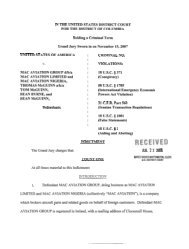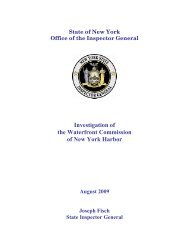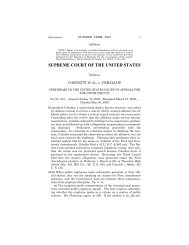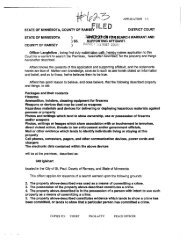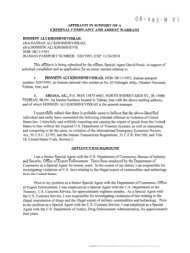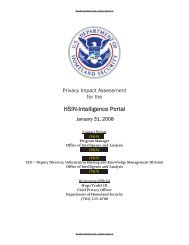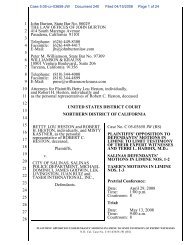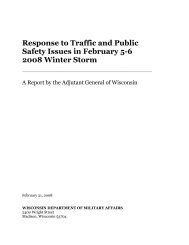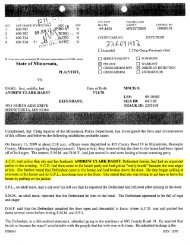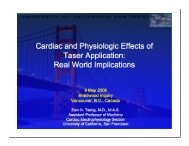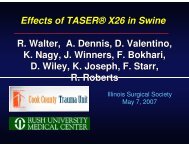TASER Electronic Control Devices Review Of Safety Literature
TASER Electronic Control Devices Review Of Safety Literature
TASER Electronic Control Devices Review Of Safety Literature
You also want an ePaper? Increase the reach of your titles
YUMPU automatically turns print PDFs into web optimized ePapers that Google loves.
from sound velocity in different tissues. The Cleveland Clinic measured the skinto-heart<br />
spacing in 45 patients. 55 In the BMI (body-mass-index) range seen with<br />
custodial deaths, 41 the minimum spacing found was 22 mm. Even if an XP (Extended<br />
Penetration) 13 mm barb was used and a perfect orientation and penetration<br />
was established the tip-to-heart spacing would still be 9 mm which is twice<br />
the required 4 mm spacing to induce VF in a human.<br />
In 2006 Nanthakumar et al presented a study of <strong>TASER</strong> ECDs using 6 pigs averaging<br />
50 kg (110 lb). 56 In the worst-case barb position they achieved some<br />
ventricular capture but induced no arrhythmias during 94 full strength applications.<br />
They then infused epinephrine and shortly later delivered 16 ECD applications<br />
— again in the worst-case position. They had 1 case of VF from these 16<br />
applications. The authors concluded that these devices may have cardiac risks.<br />
While perhaps counterintuitive, epinephrine reduces the VF threshold only for the<br />
first few minutes. 57 After that the VF threshold is increased significantly above<br />
the baseline. This timing is helpful for the clinical scenario. Typically, an individual<br />
exhibits violent agitation with hyperactivity 58 for several minutes and third parties<br />
call for help. The law enforcement officers and EMS (emergency medical<br />
services) normally require 5-15 minutes to arrive before they can capture and<br />
control the individual and apply any restraint device. At this point, the adrenergic<br />
tone has been elevated for several minutes. An epinephrine infusion just minutes<br />
before an ECD application would appear to give results opposite of those seen in<br />
real life.<br />
In February 2007, Dr. Nanthakumar published a clarification 59 stating:<br />
We did not state that [ECDs] cause ventricular fibrillation in humans, and<br />
we agree that we cannot conclude from our study that [ECD] discharges<br />
cause arrhythmias in typical use.<br />
Other studies have found occasional inductions of VF in small swine with chest<br />
applications. 60,61 A meta-analysis of all published swine studies (which include a<br />
large variation of weights) show that the risk of VF is confined to the lower<br />
weights. 62 See Figure 9.<br />
34




